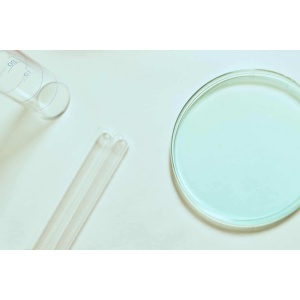
Chemical Demonstration Videos
Review chemical demonstration videos to determine if they meet safety and pedagogy goals.
 Chemical Hygiene Officer Certification Pathway
1 × $99.00
Chemical Hygiene Officer Certification Pathway
1 × $99.00  Pre-Service Safety for Elementary School Educators Pathway
1 × $99.00
Pre-Service Safety for Elementary School Educators Pathway
1 × $99.00 Subtotal: $198.00
 Chemical Hygiene Officer Certification Pathway
1 × $99.00
Chemical Hygiene Officer Certification Pathway
1 × $99.00  Pre-Service Safety for Elementary School Educators Pathway
1 × $99.00
Pre-Service Safety for Elementary School Educators Pathway
1 × $99.00 Subtotal: $198.00

Review chemical demonstration videos to determine if they meet safety and pedagogy goals.

In this module you will learn how to minimize waste, handle chemical waste and dispose of it.
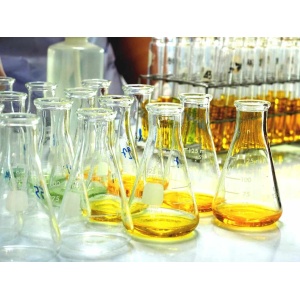
Chemicals must be handled properly and in minimal concentrations, if used incorrectly they can be extremely unsafe and hazardous and cause harm.

The CHO is committed to managing chemical safety in an effort to maintain a safe environment for all employees and students using the Chemical Hygiene Plan to accomplish this objective.
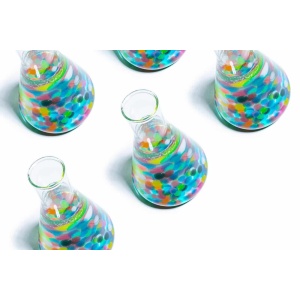
Chemical management is a process that encompasses identification, management, and reduction of risk through all stages of chemical purchasing, storage, distribution, use, and disposal.

Learn how to evaluate and safely handle chemical spills in your laboratory.
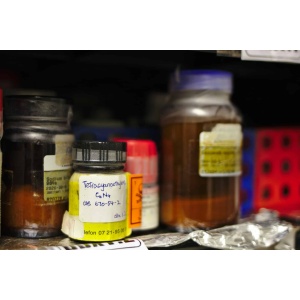
This module provides teachers and staff with an overview of basic procedures and policies necessary to ensure the safe operation of their science laboratories.
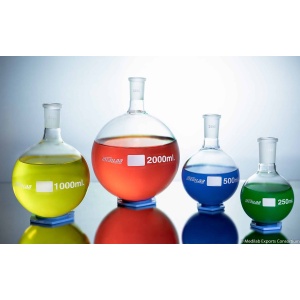
Concrete steps to prevent lab emergencies that carry a high risk of injury–spills and fires.

Students planning to work in a chemistry laboratory need to learn basic safety principles before beginning.

IB Students planning to work in a chemistry laboratory need to learn basic safety principles before beginning.
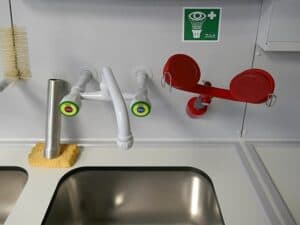
Eye wash stations and Emergency Deluge (Drench) Showers are essential parts of the safety infrastructure in your laboratory setting.

The most common chemicals used when performing nichrome wire flame tests are recognized as toxic, and adequate precautions should be taken to ensure good ventilation of the experimental area.

In this module you will learn how to properly label chemical bottles and containers using the GHS protocols and how to read a safety data sheet. This understanding is a
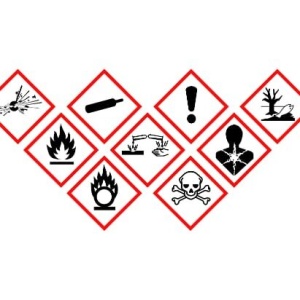
In this module you will learn about the GHS and how chemical hazards are classified and communicated through the use of labels and safety data sheets (SDS) to improve awareness

Green chemistry is the design of chemical products and processes that reduce or eliminate the use or generation of hazardous substances.
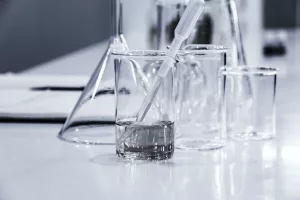
In this Intro to Chemistry Lab Safety for Students learning module Students will learn basic safety principles before beginning.

Safety inspections are intended to identify safety issues or problems that may not be observed or identified as such by the day-to-day occupants of a laboratory. In this module you
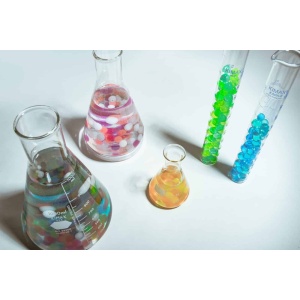
Lab Specialists are responsible for the preparation of labs in chemistry, physics and earth science, maintaining lab equipment — the balances, Bunsen burners, etc. — and our chemical inventory.
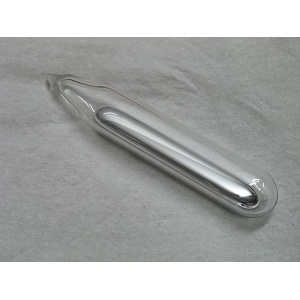
The best way to prevent dangerous mercury spills in your school is to get rid of mercury. In this module you learn about the dangers of mercury and how to
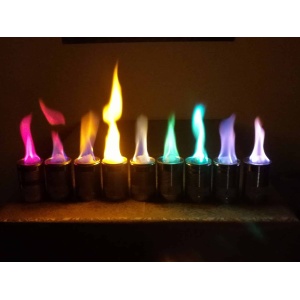
Methanol is a toxic alcohol that is used industrially as a solvent, pesticide, and alternative fuel source.

This module includes examples of safety pre-planning suggestions and recommended safety protocol that students and parents need to be aware of and should follow for
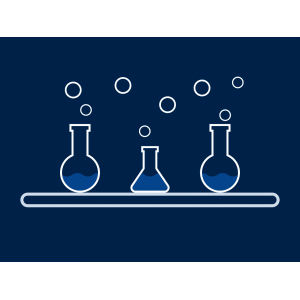
In this module we will explore the use of signage for various components of your existing safety program in your laboratory.
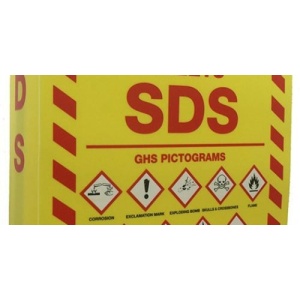
A Safety Data Sheet is the standard document available for every hazardous chemical manufactured or sold in the United States.
There was a problem reporting this post.
Please confirm you want to block this member.
You will no longer be able to:
Please allow a few minutes for this process to complete.